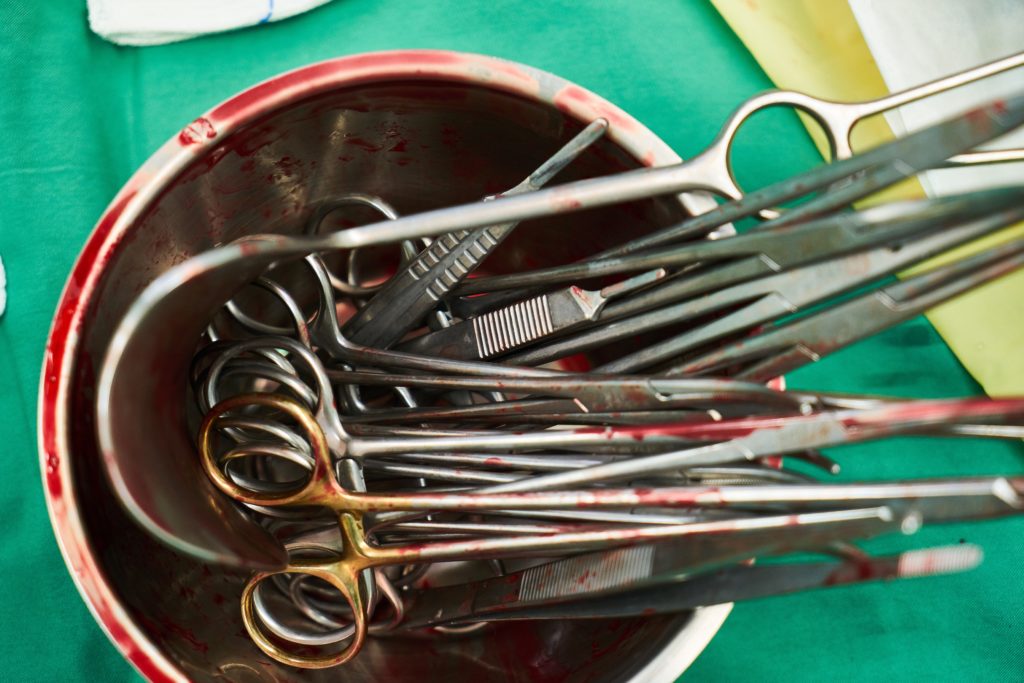Dieser Beitrag enthält Werbung – advertising.

Source pixabay
Exploring Corpses
For more than 25 years the Tv series Silent Witness is on air. I’m not sure, but I think it’s the mother of all series about pathology, morgues, corpses on steel tables and highly intelligent people cutting corpses up, analyzing any liquids oozing out of corpses, boiling bones … reconstructing heads and faces … not to forget: investigating cases along with police inspectors. (… and it started some years before the epic CSI!)
During the decades the team of pathologists and their assistants changes as well as the appointed master of disaster. The boss gives oneself over to new challenges, is killed or dies when performing a postmortem examination or whatever. I only named the main pathologists over the years: there are some more team members with special skills and high determination.
Although starting with a professor at the university of Cambridge responsible for forensic medicine – it’s Dr. Samatha Ryan – the team forms finally rather soon at Thomas Lyell Centre, a fictive research institute based in London, whose specialists are able to work as fully fledged forensic doctors testifying in court.
Along to the pathologist there are police inspectors like DS, DI, DCI … As a rule there is a new police investigator in each case, although some appear a second time.
Because of the Lyell Centre as their home base the pathologists are asked to participate in cases all over England resp. Great Britain, however, there is also a lot of work at their doorstep. Although one of the most long-lasting series there has been never a shortage concerning cases.
The cases …
Be sure you’ll find anything you may imagine. There are sophisticated murder cases, there are accidents like air crashes or sunken wrecks, there are terroristic attacks, there are corpses emerging from shallow graves in remote corners of residential gardens … Often the case seems clear as crystal, but after an examination of the corpse all may change.
By the way: the pathologists as well as police encounter people from all social backgrounds when investigating. Often people are not amused to be interviewed in relation to a violent murder case – and flex their muscles resp. their connections to avoid any interference into their lives. However, at the end the case is solved.
The main part of any case and investigation is the corpse, this so called silent witness. At first sight a corpse doesn’t reveal much except of signs of violent death – as a rule. A skilled pathologist, however, may discover quite a lot about the life of the victim, about its death, about its identity …
It may be somewhat embarrassing when watching the work of the pathologists: there are dead bodies, dirty bodies, cleaned by water jets, lying naked on a gleaming steel table. Then one of the pathologists cuts into the flesh … remaining totally dedicated and unimpressed. Stomachs are opened and their content is stored in a bowl for further analysis. The brain is cut into parts … broken bones are scrutinized. Maybe especially this presentation of the pathologists’ work is one of the main success factors of the series.
The pathologist also testify in court: sometimes there is a backfire years later when new evidence emerges … (or seems to emerge) … and the responsible pathologist and his results are painstakingly scrutinized. The career of the pathologist is at risk at these moments. Also these cases reveal a lot about police and court work, shady interconnections …
Of course all the protagonists have a private life – may it be interesting, may it be dull, may they be lonesome, desperate … looking for a relationship … I don’t want to get into details, but characters develop during this long-lasting series.
In short: I cannot remember any episode which wasn’t enthralling from the first to the last minute.

